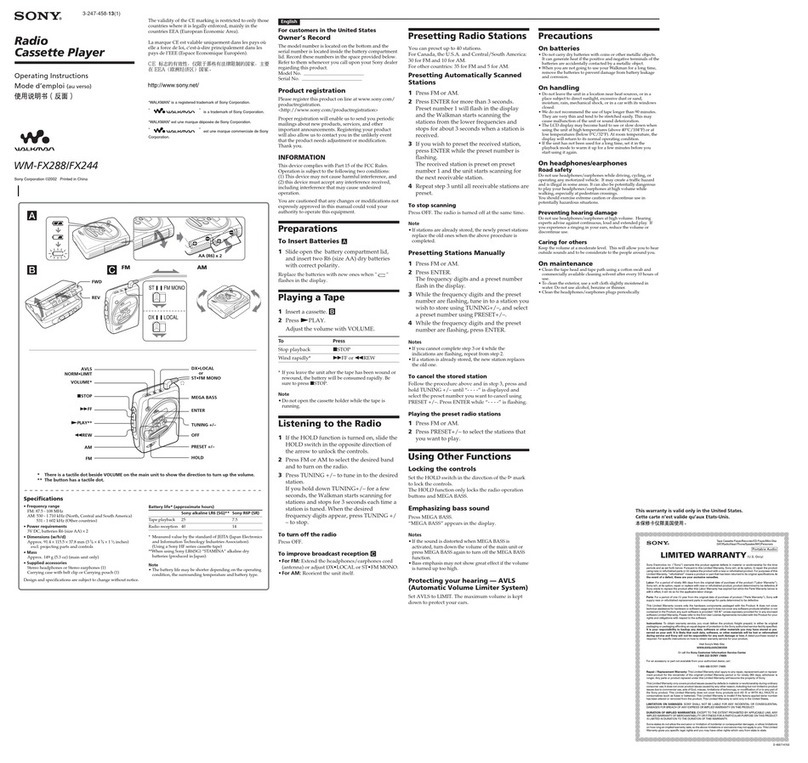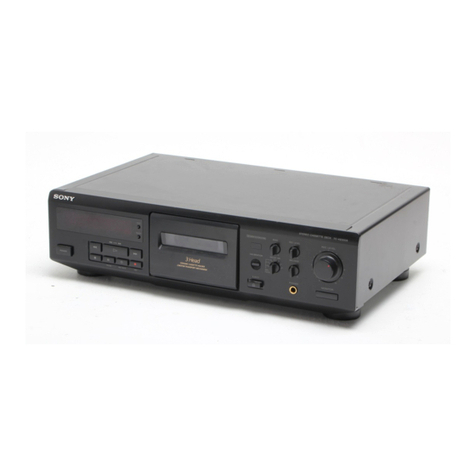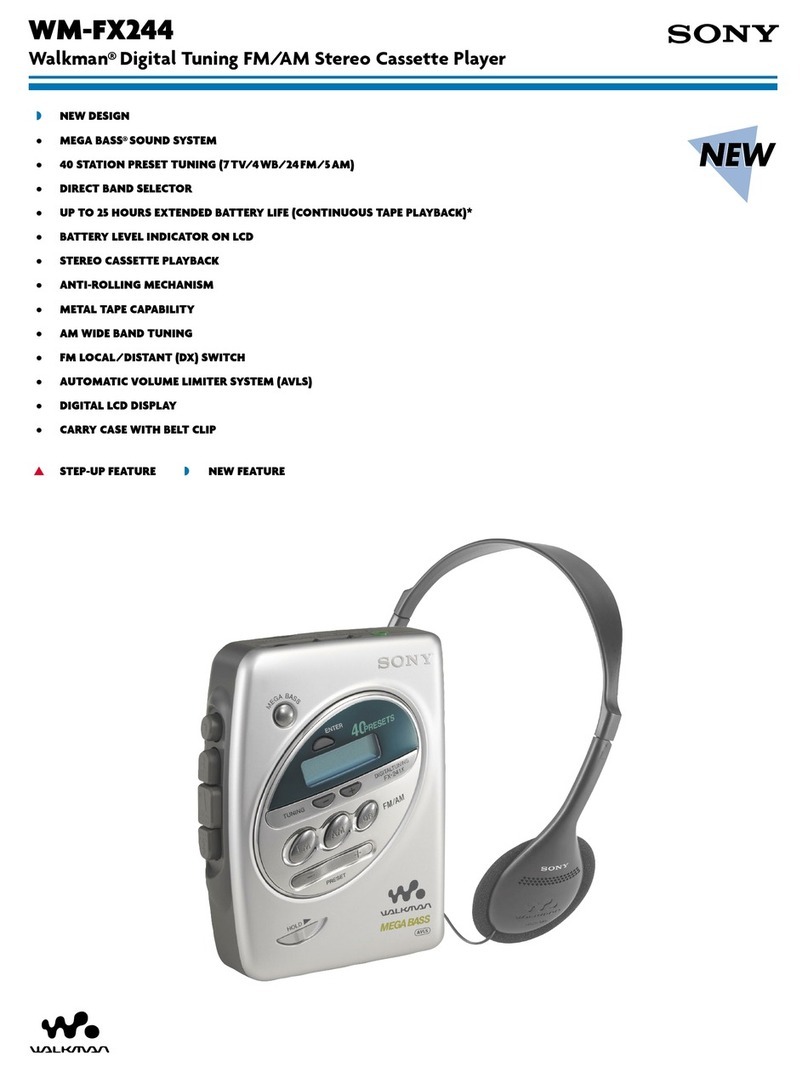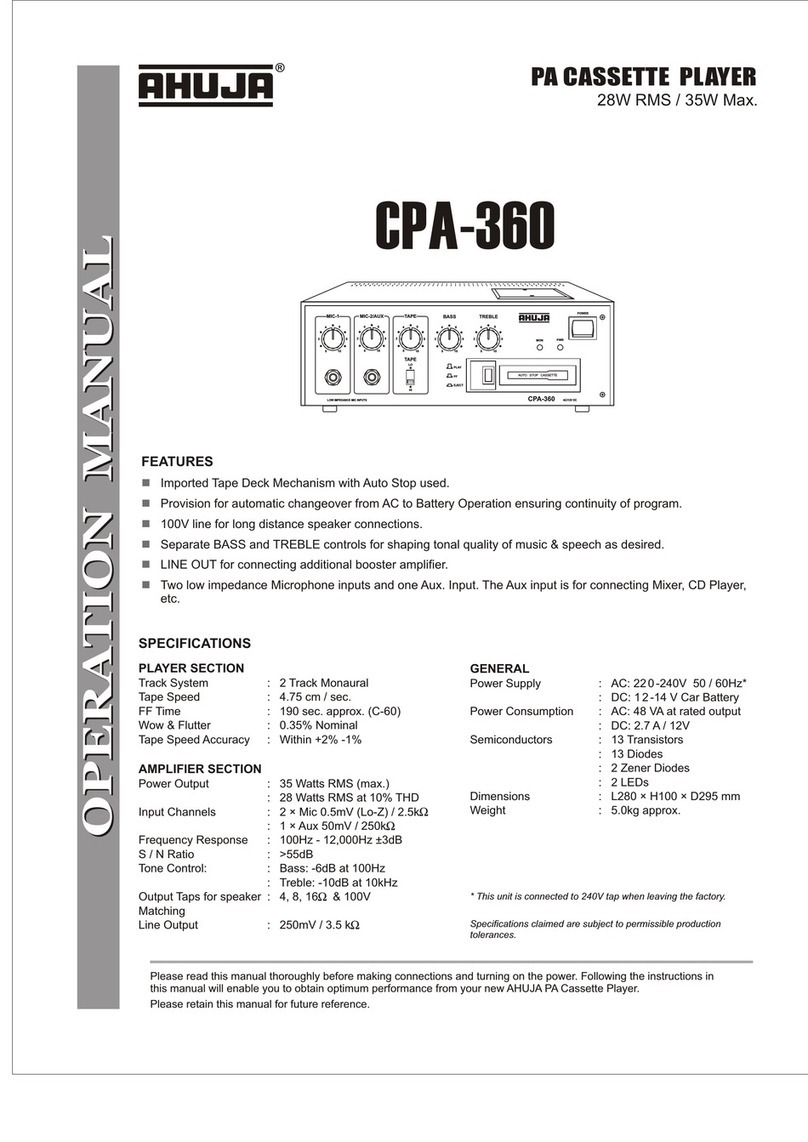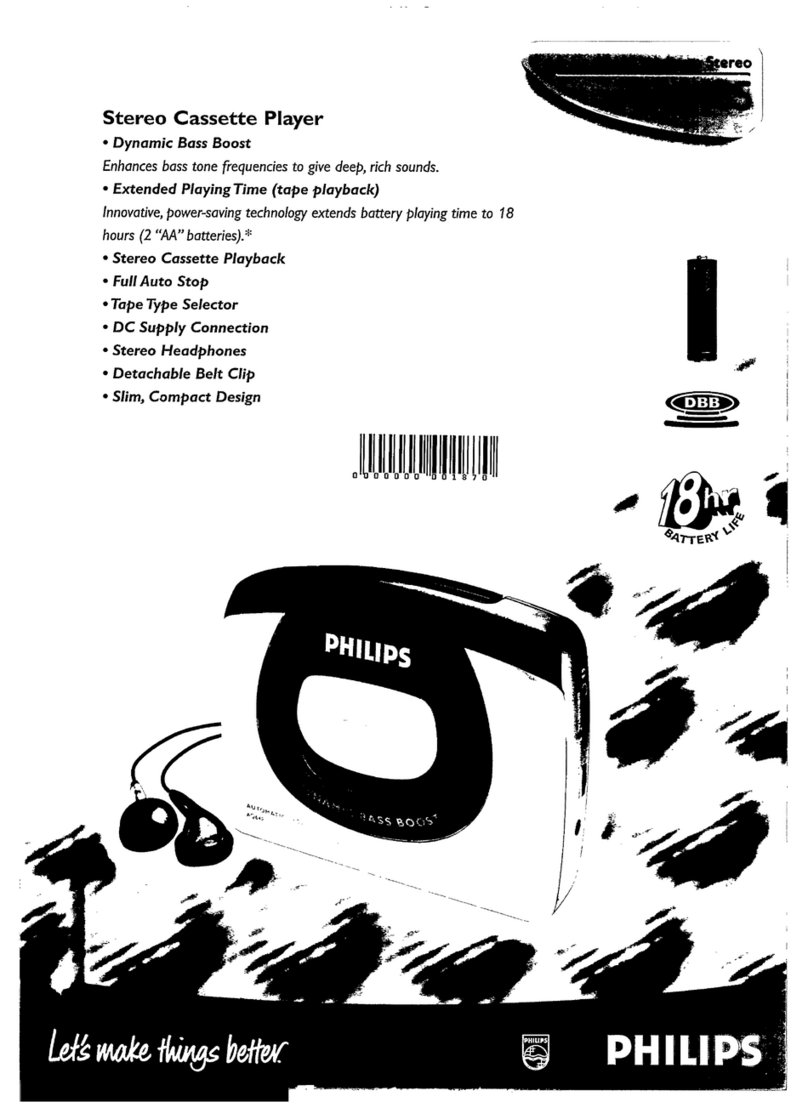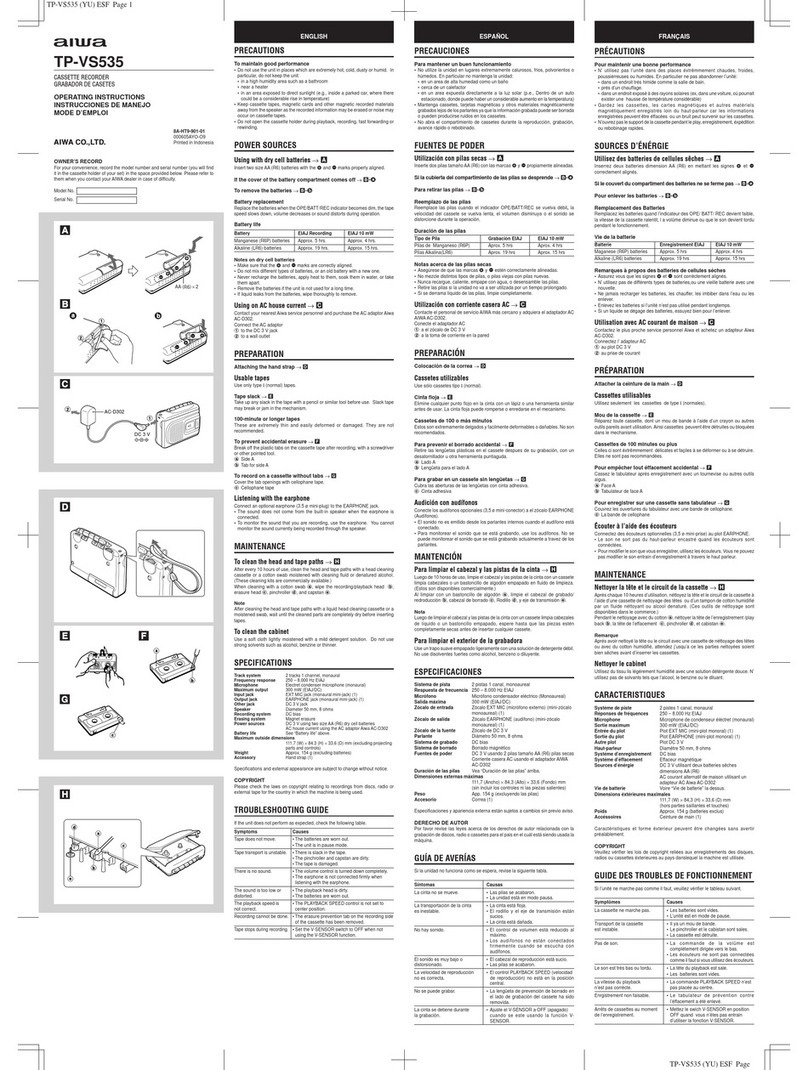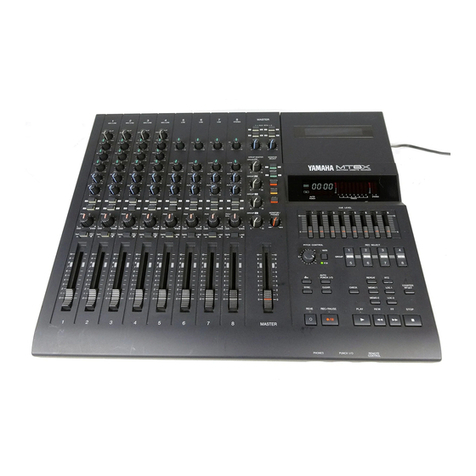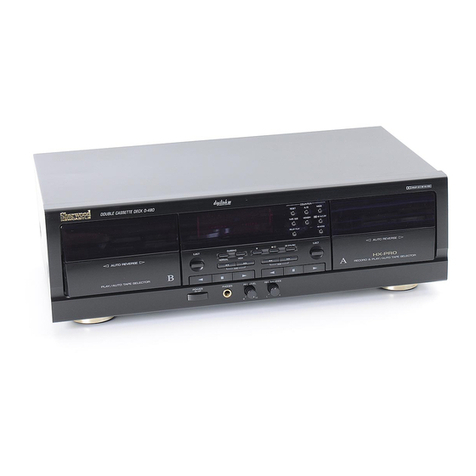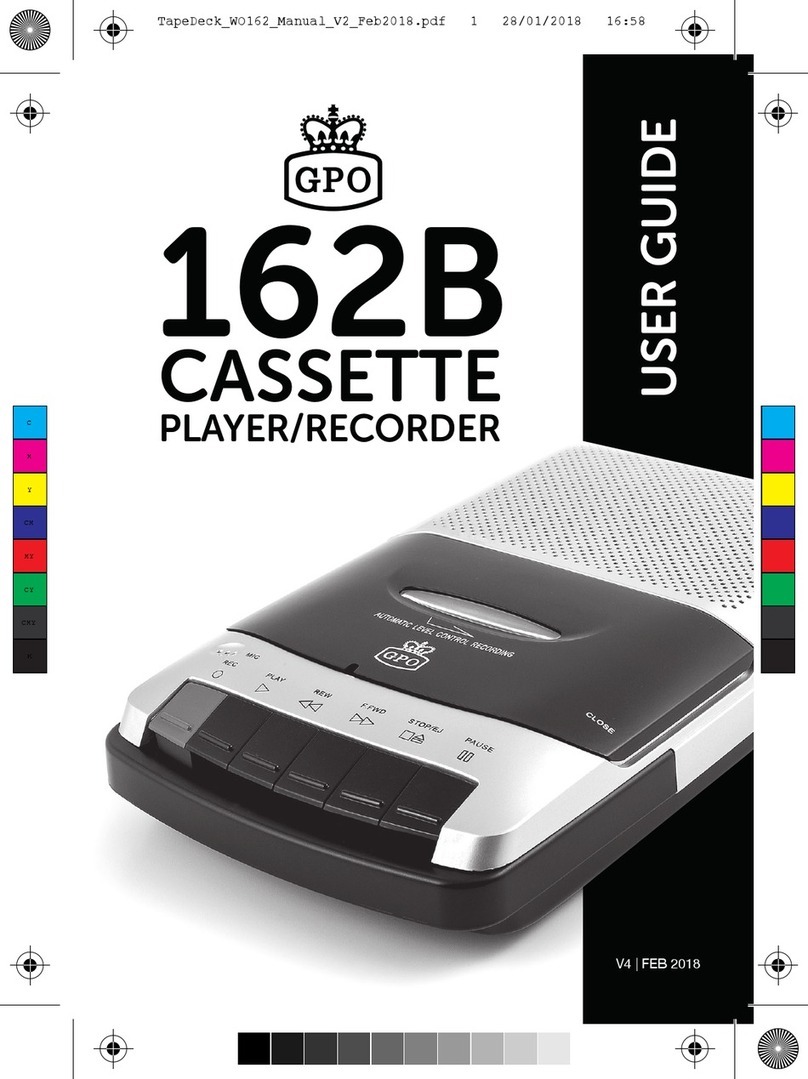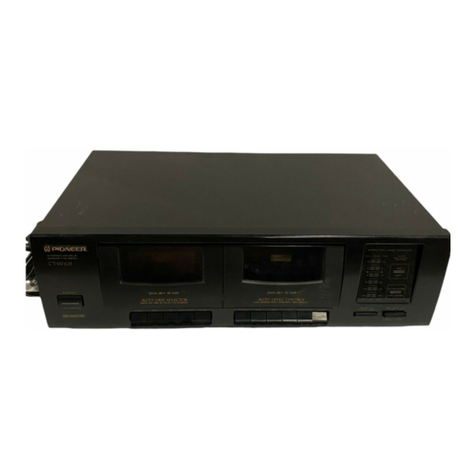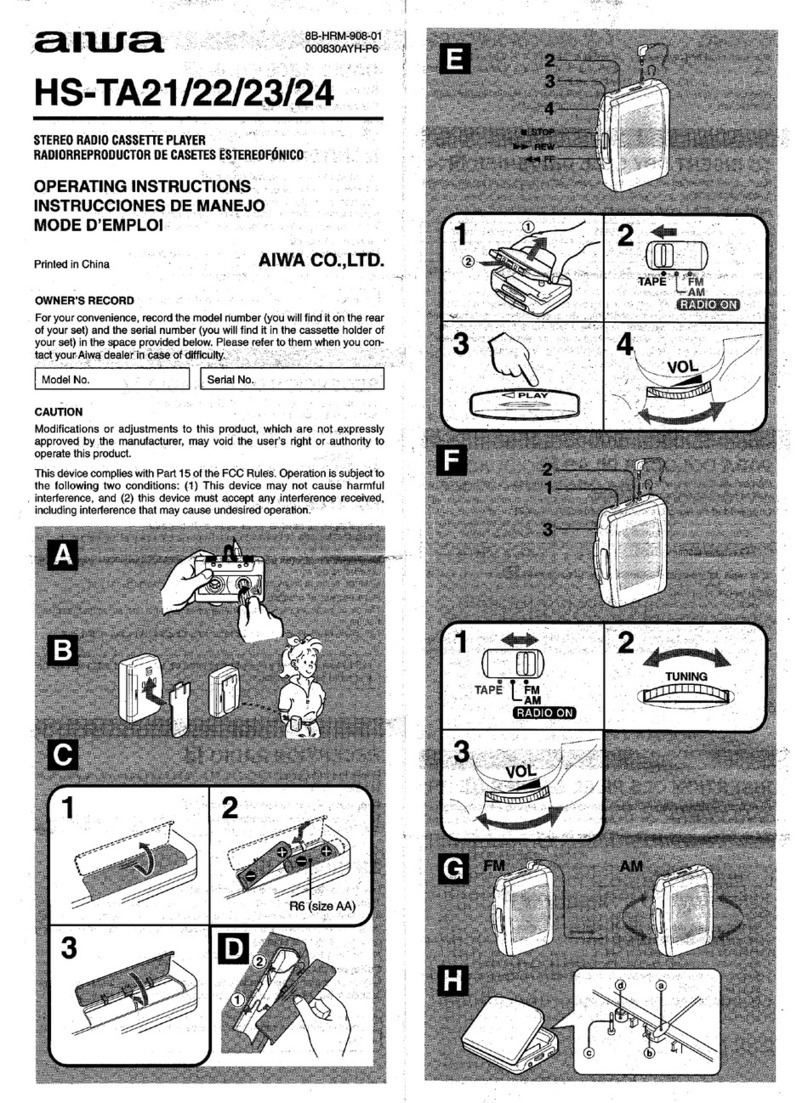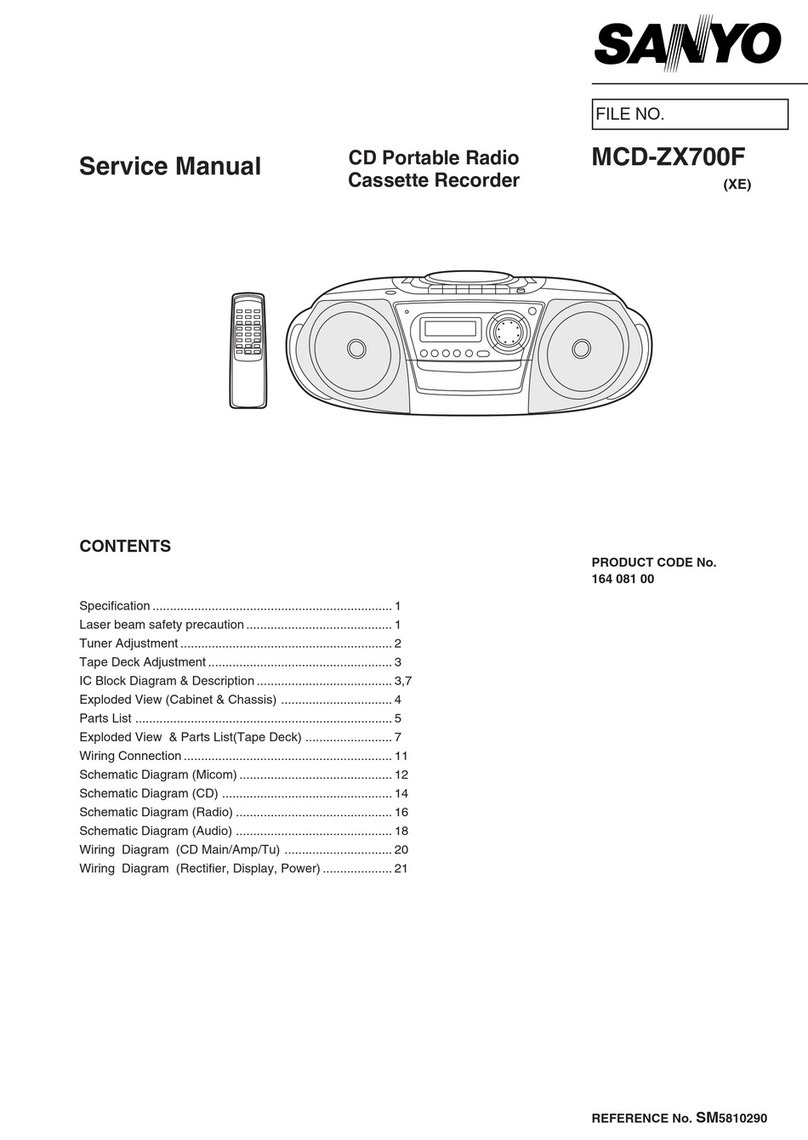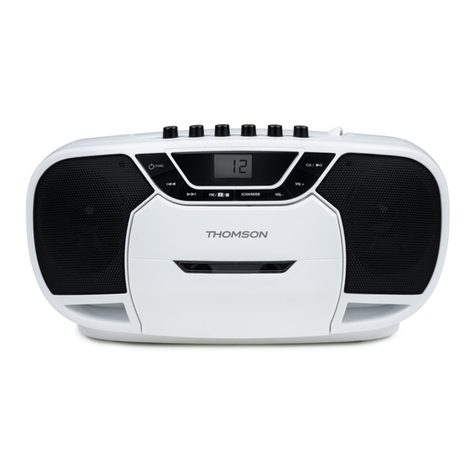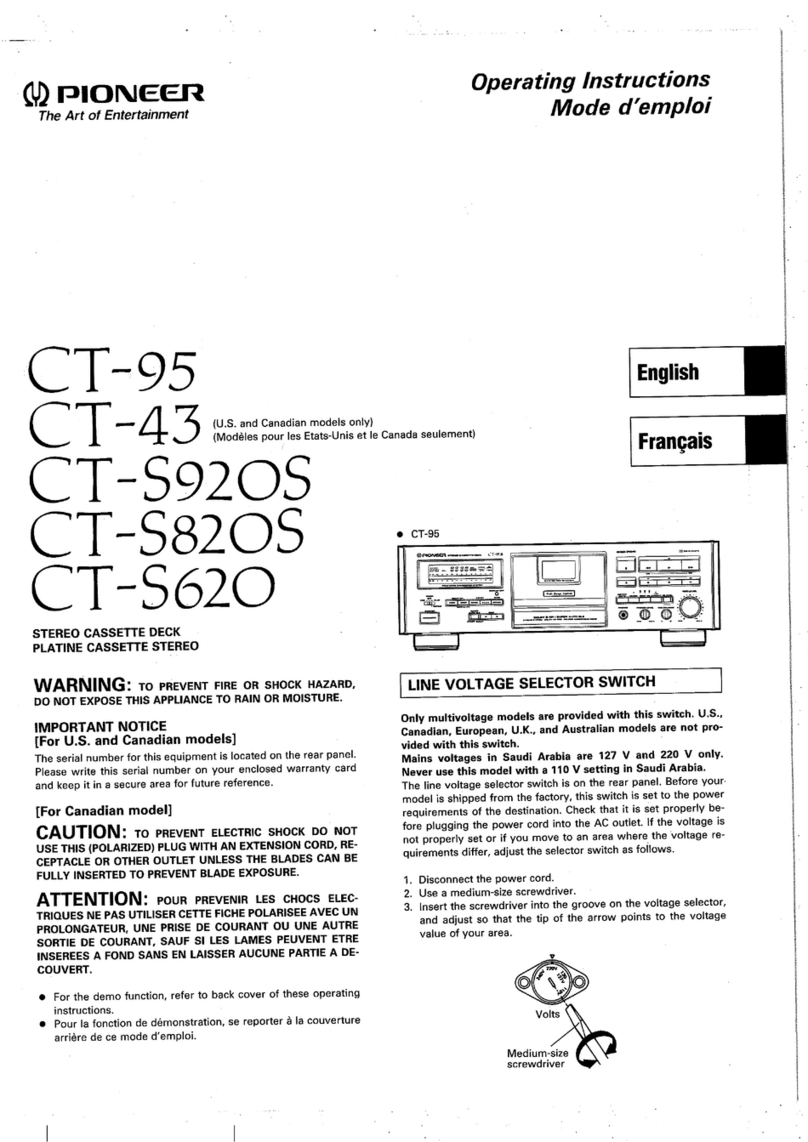Sony TC-WR465 User manual
Other Sony Cassette Player manuals

Sony
Sony TC-RX300 User manual
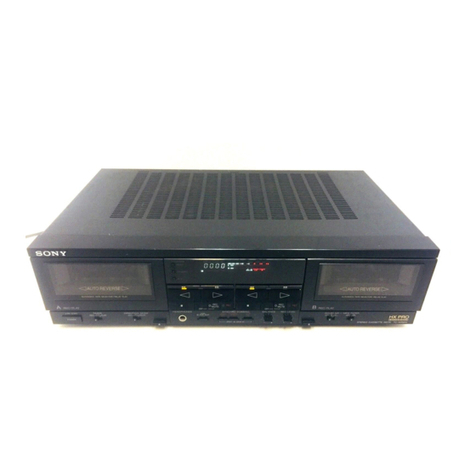
Sony
Sony TC-WR10ES User manual
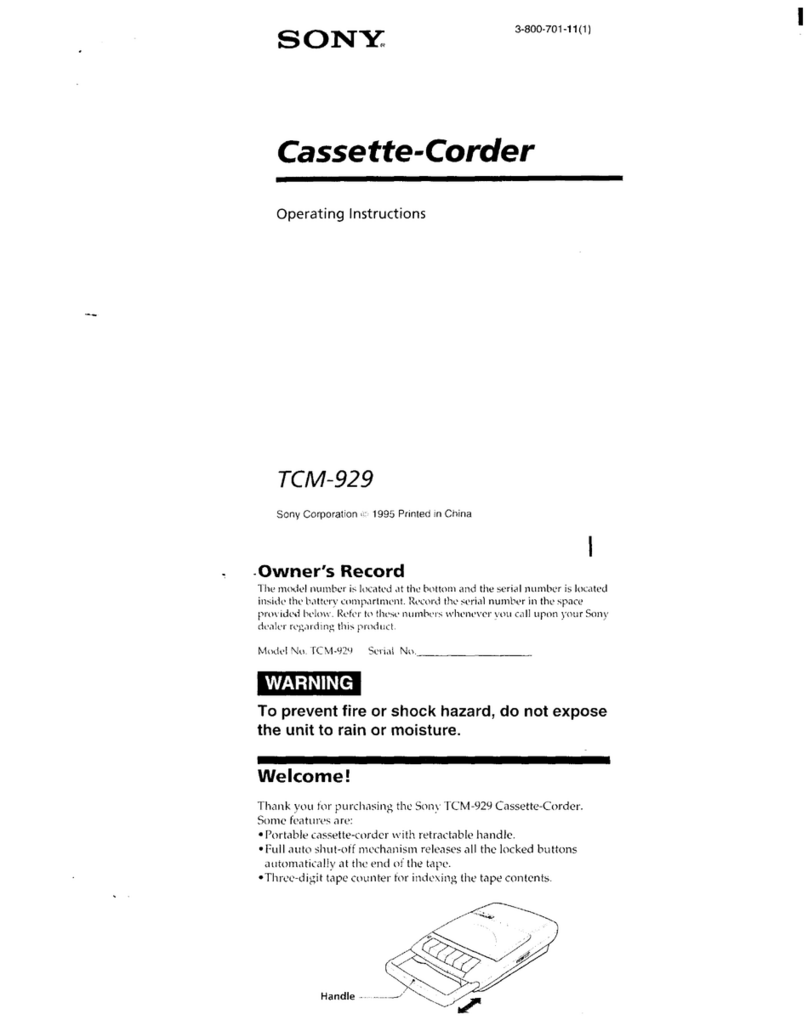
Sony
Sony Pressman TCM-929 User manual
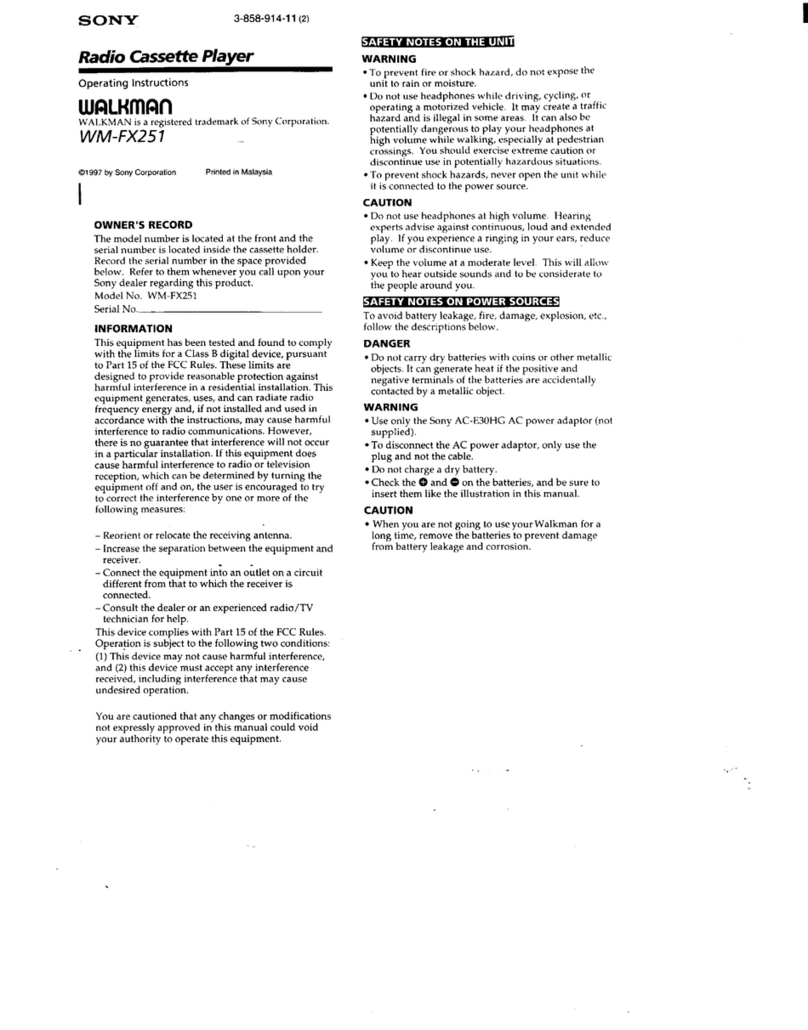
Sony
Sony Walkman WM-FX251 User manual
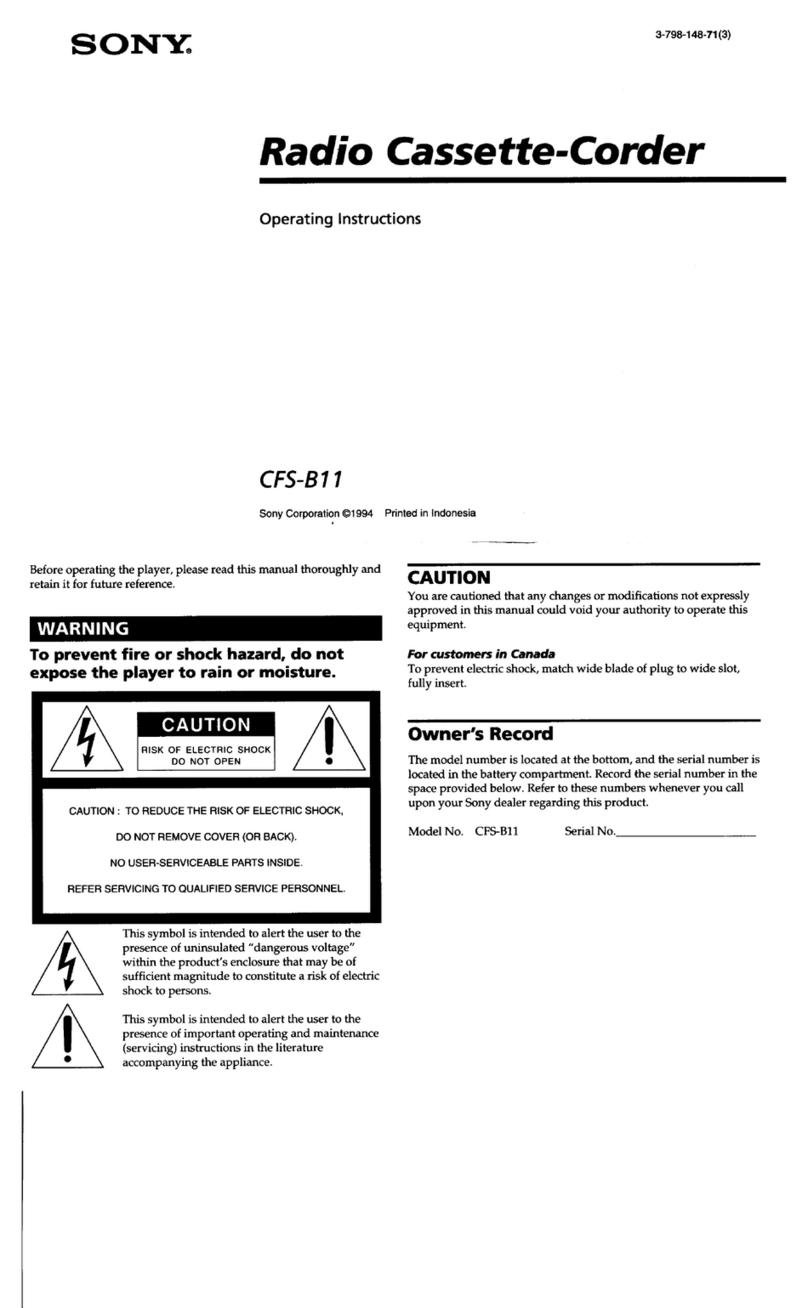
Sony
Sony CFS-B11 User manual
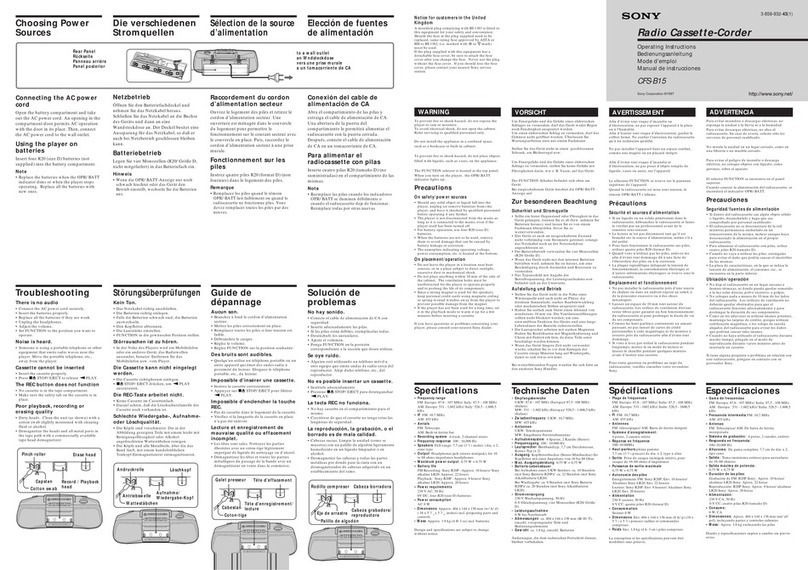
Sony
Sony CFS-B15 - Am/fm Stereo Cassette Recorder User manual
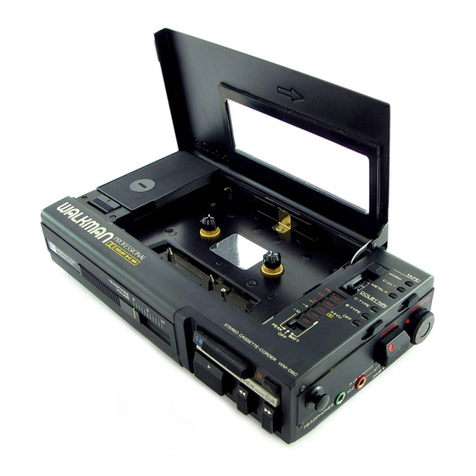
Sony
Sony Walkman WM-D6C User manual
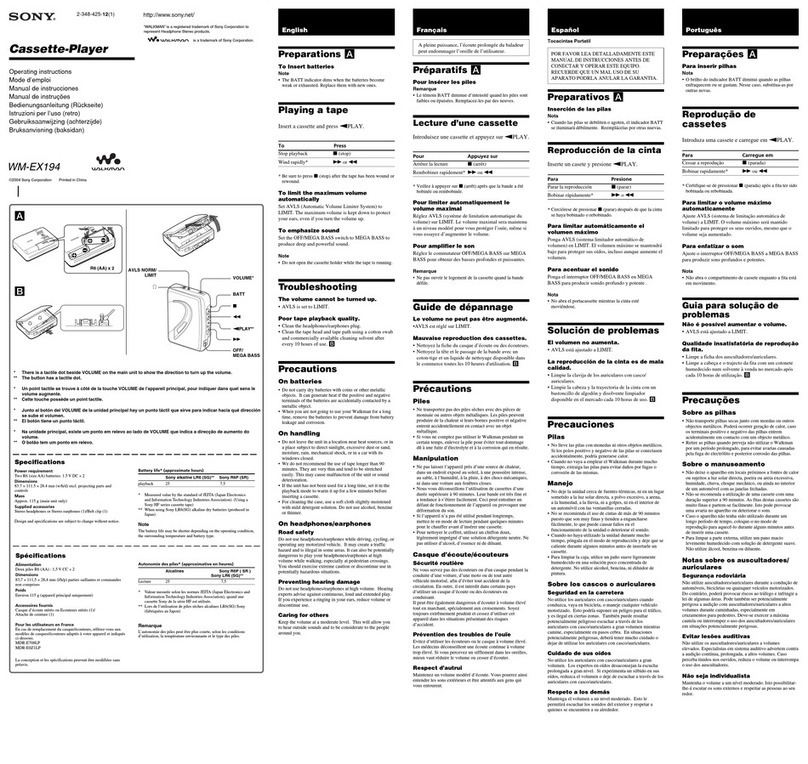
Sony
Sony Walkman WM-EX194 User manual
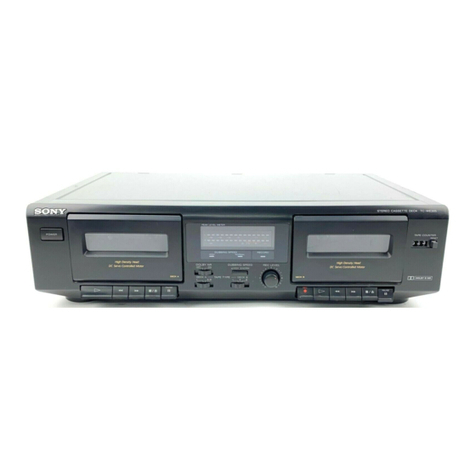
Sony
Sony TC-WE305 User manual

Sony
Sony TC-K390 User manual
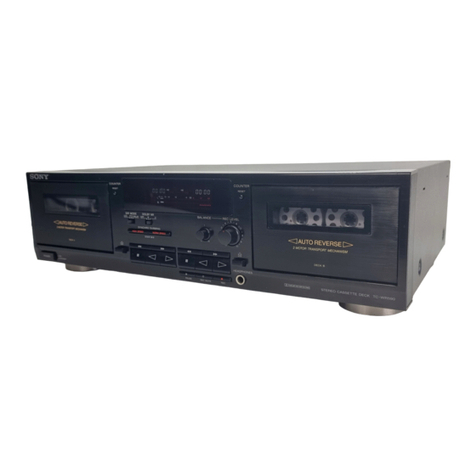
Sony
Sony TC-WR590 - Dual Cassette Deck User manual

Sony
Sony TC-KE300 User manual

Sony
Sony Sports Walkman WM-AF58 User manual

Sony
Sony ICF-SW1000TS User manual

Sony
Sony WM-PA1 User manual

Sony
Sony TC-W320 - Stereo Double Cassette Deck User manual
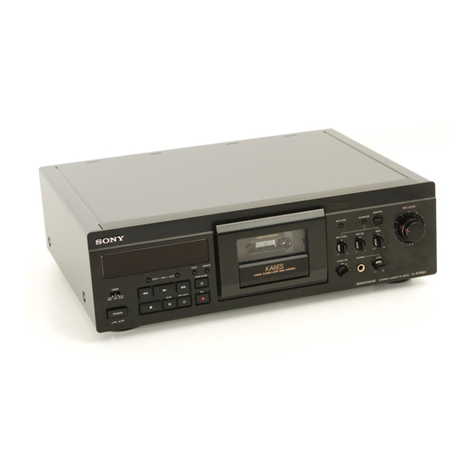
Sony
Sony TC-KA6ES User manual
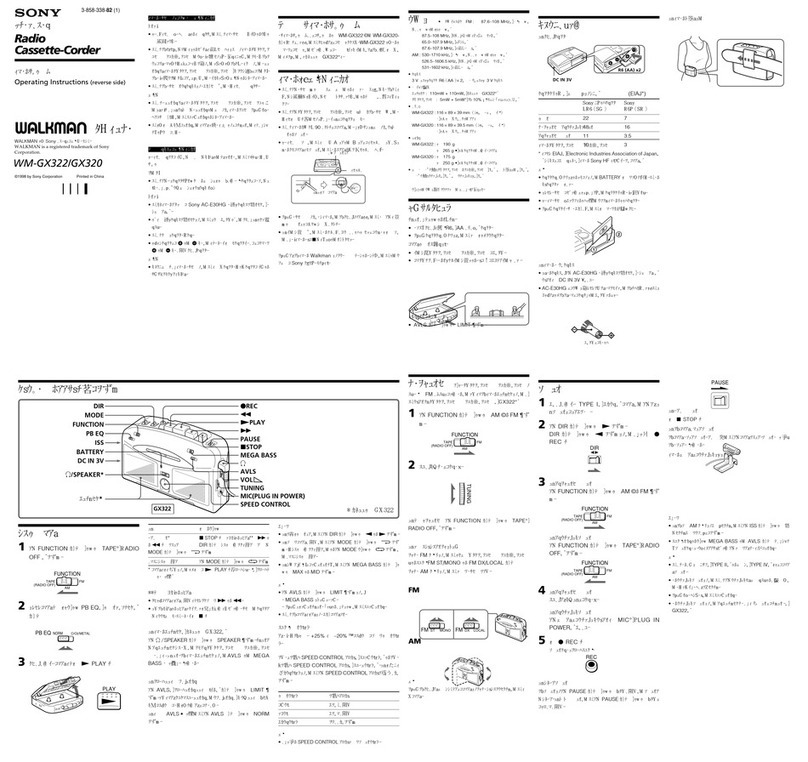
Sony
Sony Walkman WM-GX320 User manual
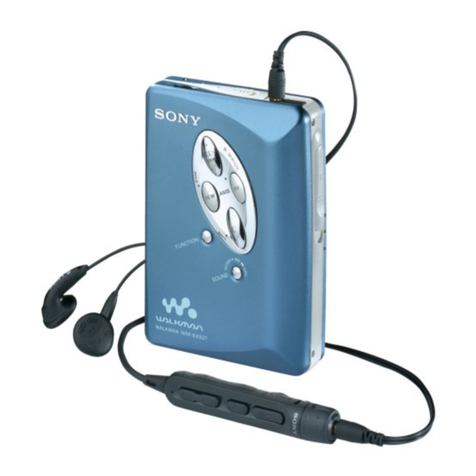
Sony
Sony Walkman WM-EX527 User manual

Sony
Sony CFS-W505S User manual

